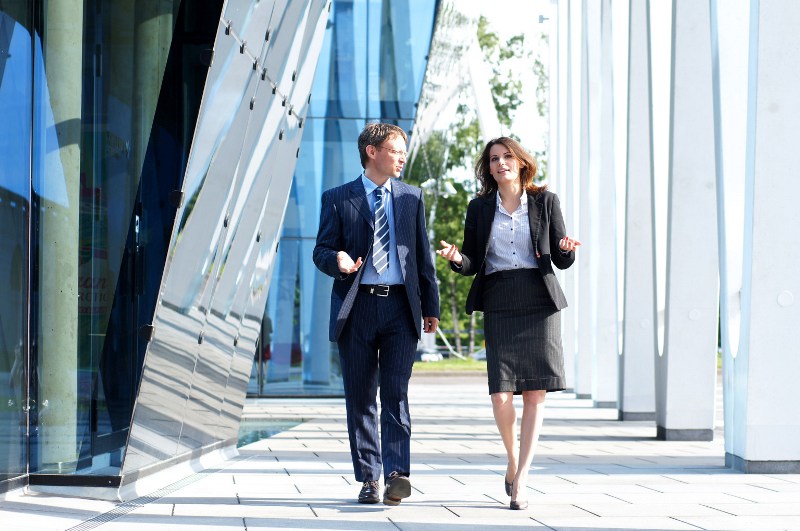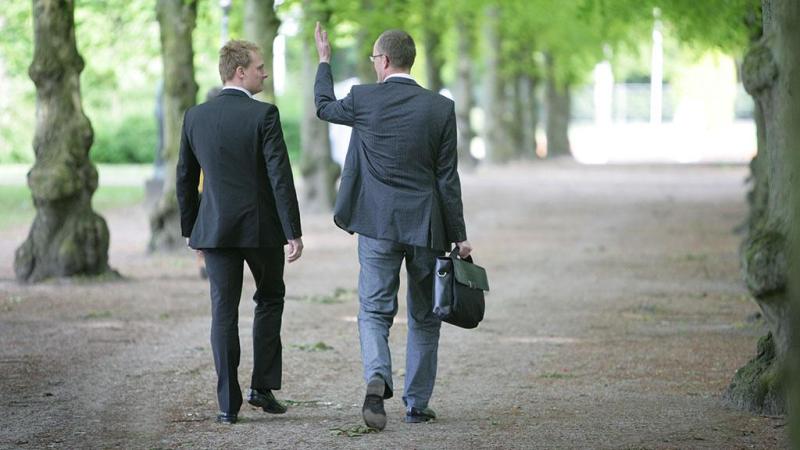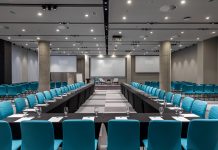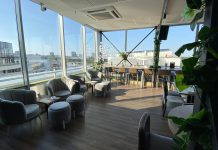Walking is the simplest form of exercise – we don’t need special equipment, there are no fees, it doesn’t require stamina, and almost anyone can do it.
Still, it has great effect on our posture and health improvement, our cardiovascular system, circulation, stronger bones, and purifying the mind and negative vibes. Guess what else? Walking also improves and promotes creativity, according to a Stanford University study.
Walk for Creativity
Creative thinking increases around 60% while we walk and long after it. Also, this study revealed a slightly surprising fact: walking outdoors and walking indoors – whether in nature or in a bland room on a treadmill – have no major differences in their effects on increased creativity. The important thing is that we are on the move.
However, when it comes to focused thinking that requires precise, accurate answers, Stanford experts failed to determine a positive correlation to walking. Actually, those who walked performed a bit more poorly than those who sat in giving precise, accurate answers to questions.
“This doesn’t mean that any work task should be done while walking, but instead that those who are looking for a new perspective or a fresh idea or creative brainstorming can feel the benefits,” says Oppezzo, a co-author of the study.

The Stanford University study serves as an additional encouragement for us to reduce sitting, not only in our free time, but also at work, in a way that we, for example, turn the standard office meetings into walking meetings.
Creative thinking increases around 60% while we walk and long after it.
What are walking meetings?
The answer is obvious – conversations and meetings with employees, partners, colleagues… While we walk, stroll, move. Therefore, instead of spending an hour in a meeting room sitting across each other, we should take a few employees, colleagues, or clients for a walk. This way, everyone is “equal” and “on the same side”, both literally and figuratively. Walking meetings work best for two to four people, and if they take place outdoors, the only precondition is good weather.
Why should we have walking meetings?
While we walk, our blood flow improves, we breathe more air, the body relaxes, and the brain works faster. The changing surroundings while we walk has incredible effects on our brain and encourages a faster process of thinking. Simply put, the landscape changing around us, caused by our walking, encourage our brain to “get moving”.

In addition, while we walk, the surroundings can promote and instigate a relaxed conversation, which can later on result in a new idea or a solution to a problem. The way a park is landscaped, a historical fact or event you remember while walking by a landmark, some interesting comments, like the fact that there are no two identical snowflakes (if it’s snowing) or that every cow has a unique pattern (in case you’re in the country), that the designer of the Nike swoosh was paid only USD 35 for the design (if you’re passing by a Nike store or if someone is wearing their clothes)…
[quote_box_right]The leaders who are known for their walking meetings – Mark Zuckerberg (Facebook), the late Steve Jobs (Apple), Jack Dorsay (Twitter co-founder), Barack Obama (US President incumbent)…[/quote_box_right]
Examples are numerous, and these can be trivial things, simple comments about what you see, that lead to associations and, for example, remembering how the global players turned the situation you are in today to their advantage. Are you already thinking something about the mentioned topics?
Also, we’ll be happier and more satisfied. We know that exercise (even if it’s “just” walking) can affect the reduction of stress hormones and increase endorphin production in the brain (the hormone responsible for improved mood and energy – the so-called hormone of happiness).
Finally, the most important thing – we will be healthier. The World Health Organisation claims that the main risk factor for any disease is precisely the lack of activity and exercise. The sedimentary lifestyle, reinforced by the Internet and shopping channels, are very likely to be the end of us, unless we immediately do something about it.

Exercise affect reduced aggression and tendencies to depression, boosts emotional stability, and also increases motivation to work and adapt to changes. This last thing should motivate management to encourage exercise among their employees.
The leaders who are known for their walking meetings – Mark Zuckerberg (Facebook), the late Steve Jobs (Apple), Jack Dorsay (Twitter co-founder), Barack Obama (US President incumbent)…
The dynamics and “movability” of group meetings
Group meetings or bigger gatherings in terms of seminars, conferences, or other types of events can become “active”. Of course, this depends on the topic and the point of the gathering, the structure of participants, technical conditions, and finally the desire to implement such a thing.
Event dynamics can be very simple – you can get all attendees to stand up for a while and massage the person next to them for a bit, and then switch. Simple and interesting, is it not? This will help keep focus and concentrate on what follows, and it will relax the attendees a bit and help them establish communication among themselves. And it will also put smiles on some faces.
[quote_box_right]Instead of spending an hour in a meeting room sitting across each other, we should take a few employees, colleagues, or clients for a walk.[/quote_box_right]
The setup of the seminar can be so that the attendees are standing and moving and mingling, together with the speaker. So this event “on the move” can be, for example, a seminar. While we walk. My suggestion is to set the key slides in a space or outdoors as an exhibition, printed or on digital screens.
And then, just like a tourist guide leading a group of tourists through a palace, museum, or a church, explaining, stopping at works of art or certain settings or details, pointing out their significance or telling an anecdote, the same can be done by the lecturer while stopping at the set-up screens or slides. Only at the seminar.

I’m sure that such a seminar would draw and hold the attention of attendees and make a good impression that won’t be forgotten.
All in all, walking is both a remedy and food for the body and mind. In addition, it promotes thinking and creativity. It can have positive effects on the level of satisfaction. By walking during business meetings, team brainstorming, or walking alone to clear your mind and find a solution or come up with a new strategy, you’ll feel positive effects on your health, your relationships with co-workers, and results.
Are you still sitting?




































 Srpski
Srpski English
English